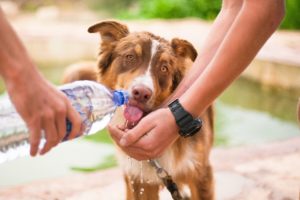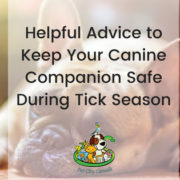5 Great Tips to Consider Before Giving a Dog for Christmas
As the holidays quickly approach, and you think the perfect gift is a dog, there a few things to consider beforehand. Bringing home a pet and surprising your family on Christmas morning comes with some careful considerations. A pet can’t be put back in its wrapper with receipt in hand and returned! When searching for that perfect dog, you must keep in mind that a pet isn’t just a cuddly Christmas gift, it’s a long-term commitment.
1. Who really wants a pet for Christmas?
Having any pet has to be a family commitment. Make sure your family or friend really want to be raising a pet. If you have a puppy or dog in mind remember that the life expectancy of a dog is 12 to 15 years!
It may be a wonderful idea to have a cute puppy sitting by the tree with a big red bow around its neck waiting for the family to wake up. Make sure the recipient of this live gift is going to be as excited as you are and not totally upset.
2. How to pick a Breed that will be a perfect match for your family.
 Don’t make a mistake and settle on the best dog choice for 2018! Research ahead of time into which breed of dog is the best choice for your family and lifestyle.
Don’t make a mistake and settle on the best dog choice for 2018! Research ahead of time into which breed of dog is the best choice for your family and lifestyle.
Consider the age of your family members, the size of your dwelling, rambunctiousness of the breed, your location, etc, before you decide on which breed is right for you.
3. Which are the best dog breeds for your lifestyle?
If you have a smaller home then a Pomeranian, Basenj, Maltese, Terrier, Spaniel, or Chihuahua may be suitable.

Some dog breeds that are known to be great with kids are the Bulldog, Beagle, Collie, Newfoundland, Irish Setter, Labrador/Golden Retrievers, Poodles, and
Bernese Mountain.
If you are getting older and want a great breed for companionship then the Schnauzer, Cocker Spaniel, Chihuahua, Terrier, Pug, or Shih Tzu may be what you have in mind.
4. How to schedule family chores fairly.
Children are notorious for saying they’ll look after a pet, but in reality, this novelty wears off. Chores must be appropriate to the age of the family member and distributed fairly.
Add variety to the duties so smaller children don’t get bored with repetitive jobs. Even a young child can wash the dog’s dishes; fill food and water bowls, and help brush your animal’s fur.
5. How to survive the holidays with a new dog.
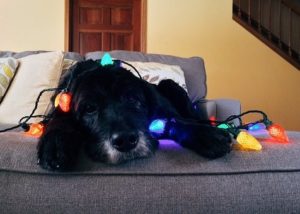
The holidays are packed with celebrations, decorations, confusion, and travel. Having a new dog for Christmas is one more thing to juggle during this busy time. Setting up dog boarding, doggy daycare, or asking a family member or friend to look after your pet ahead of time will save you a lot of stress and anxiety.
Be aware of the hazards a new pet can find around and under the tree! Keep small toys, wrapping paper, bows, and chocolate out of sight of wandering doggy eyes. Dogs have an incredible sense of smell so don’t leave wrapped candy and chocolate under the tree!
If you need help with your new pet’s care and grooming before and after the holiday season, please contact Pet City Canada for professional, quality services.
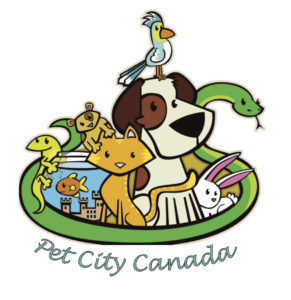
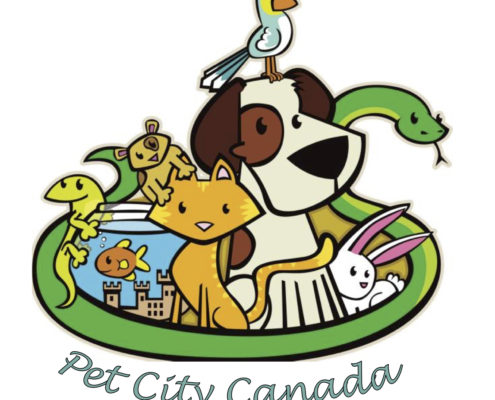


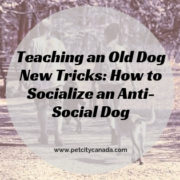

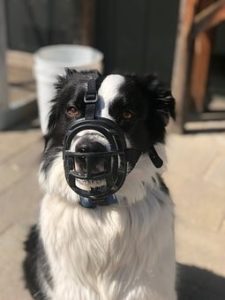
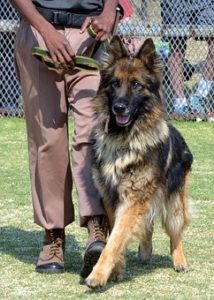
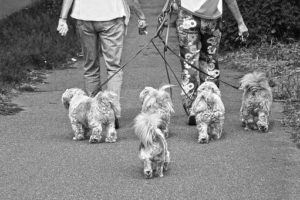 Dogs are usually social, pack animals and learn from watching other animals in the group. Exposure is crucial in keeping your dog healthy and social.
Dogs are usually social, pack animals and learn from watching other animals in the group. Exposure is crucial in keeping your dog healthy and social.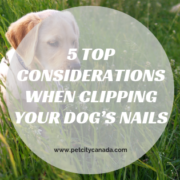


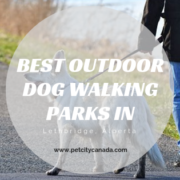
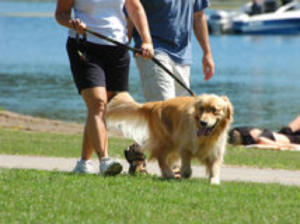 Lethbridge Off-Leash dog walking parks:
Lethbridge Off-Leash dog walking parks: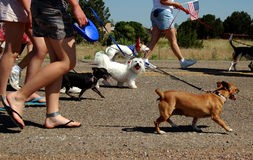 If you are away from home for long periods of time during the day, consider hiring a professional dog walker. Dogs left at home for long periods of time can get bored or anxious. Having someone check in on them and take them out for exercise is beneficial for everyone. Contact us for more information on our dog walking service!
If you are away from home for long periods of time during the day, consider hiring a professional dog walker. Dogs left at home for long periods of time can get bored or anxious. Having someone check in on them and take them out for exercise is beneficial for everyone. Contact us for more information on our dog walking service!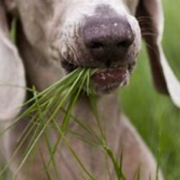
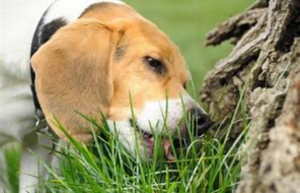 Studies showthat less than 25% of dogs’ vomit after digesting grass. A review of published studies can’t conclude a one single reason as to why dogs ‘graze on grass’. So what brings on this canine behaviour? Some research suggests that a dog may have stomach upset, gas, and/or bloating, therefore eats grass to induce vomiting, and then feels better afterwards.
Studies showthat less than 25% of dogs’ vomit after digesting grass. A review of published studies can’t conclude a one single reason as to why dogs ‘graze on grass’. So what brings on this canine behaviour? Some research suggests that a dog may have stomach upset, gas, and/or bloating, therefore eats grass to induce vomiting, and then feels better afterwards.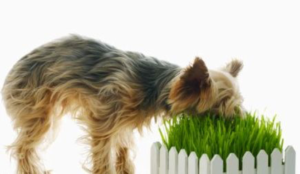
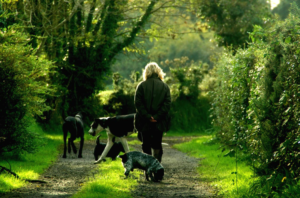 Wether your canine eats grass and vomits or not, she should be on a Veterinarian approved nutritional diet plus a regular parasite control program. If you are unable spend time with your dog outdoors or unfamiliar with the area, please contact
Wether your canine eats grass and vomits or not, she should be on a Veterinarian approved nutritional diet plus a regular parasite control program. If you are unable spend time with your dog outdoors or unfamiliar with the area, please contact 
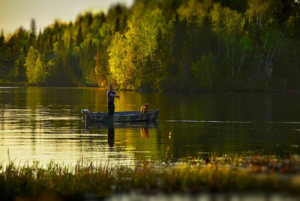
 travel dog water bowls and bottles available.
travel dog water bowls and bottles available. It isn’t always convenient traveling long distances with your pets or maybe your relatives aren’t able to accommodate your furry friends. If this is the case for you, consider leaving your pet in a dog boarding kennel or have a bonded, reliable member of our Pet City Canada team care for your pet in your home for your next vacation!
It isn’t always convenient traveling long distances with your pets or maybe your relatives aren’t able to accommodate your furry friends. If this is the case for you, consider leaving your pet in a dog boarding kennel or have a bonded, reliable member of our Pet City Canada team care for your pet in your home for your next vacation!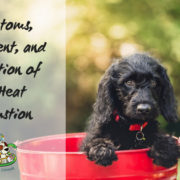
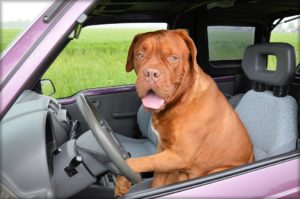

 • NEVER leave a pet in an enclosed, hot area or vehicle even in the shade!
• NEVER leave a pet in an enclosed, hot area or vehicle even in the shade!